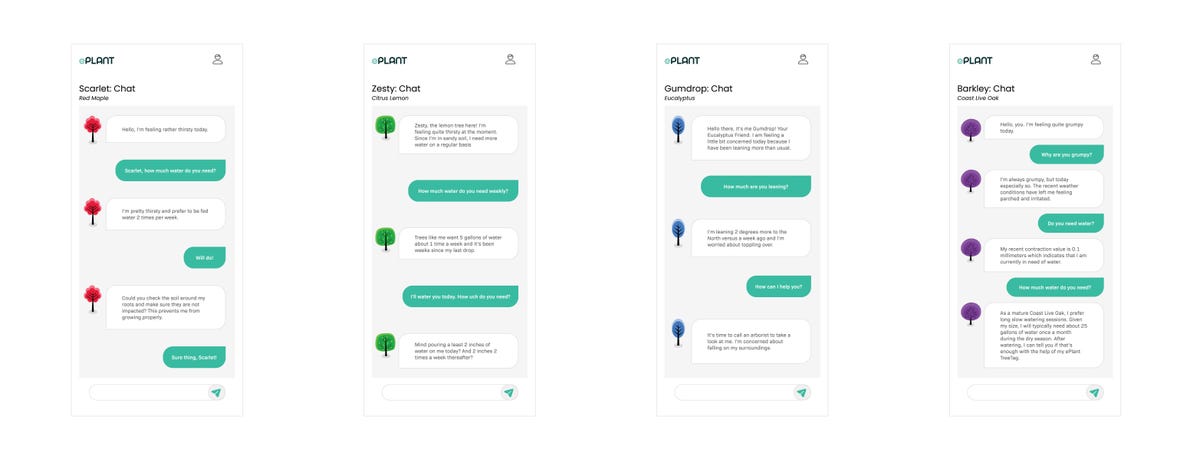For the past six months, I have stared into the AI abyss with the eyes of a man unable to fully wake from a nightmare. Every morning my inbox is cluttered with PR firms pitching stories about how Startup X or Business Y has just used ChatGPT to revolutionize industry Z.
Beer? Yeah.
Legal practice? Sure.
Rewriting the book of Genesis for vegans? That’s a thing too.
ChatGPT, a chatbot developed by OpenAI to respond to human queries about anything from cake recipes to math problems and drafting emails, seems like it can do it all. It’s based on a large language model, or LLM, built to understand human language using machine learning algorithms. It can find patterns in text and spit out confident (but sometimes completely wrong) answers in response to a user prompt. It’s the hottest commodity in tech right now.
As a result, my Deleted Items folder is bursting at its digital seams with everyone riding the hype. Most pitches end up in that folder, but last week there was one that survived the daily purge. It presented the possibility of revolution.
“How Will ChatGPT Play a Role in Tree Health?” it asked.
The headline led into a pitch about a device built by Californian tech firm ePlant: a solar-powered device known as a “TreeTag.”
The TreeTag, a tiny box about the size of a Roku, is affixed to the trunk of a tree and has a suite of five sensors that enable it to capture information about the tree’s health. The sensors record light, moisture and temperature. It can tell you how much the tree is moving or leaning via an accelerometer. There’s also a roundabout way to understand the water and nutrient flow, which is determined by dendrometry — measuring the size of the plant’s inner structures.
The data is uploaded to a cloud and accessible via the ePlant app. For any budding arborists or forestry folk, it sounds like a great addition to the toolkit, one that helps monitor a tree’s vital signs in near real time. As someone living in a Sydney apartment that has no garden or yard, it doesn’t really appeal to me, but it has obvious benefits for others. All pretty cool stuff, really.
So, where does ChatGPT come in? The TreeTag app allows the tree to have a conversation with the user about itself. About what it needs.
In other words, yes, ePlant wants your tree to “speak” to you.
This is a sample conversation provided in the press release:
Tree: “Hello there, It’s me Gumdrop! Your Eucalyptus Friend. I am feeling a little bit concerned today because I have been leaning more than usual.”
Homeowner: “How much are you leaning?”
Tree: “I’m leaning 2 degrees more to the North versus a week ago and I’m worried about toppling over.”
Homeowner: “How can I help you?”
Tree: “It’s time to call an arborist to take a look at me. I’m concerned about falling on my surroundings.”
Put aside the fact Gumdrop is the most cliche name for a eucalypt, and you’re left with an obvious question: Why on Earth would I even want to have a conversation with a tree? How does this conversation improve the experience of caring for it? The conversation feels like an unnecessary complication. It takes a single piece of data from the accelerometer — Gumdrop is leaning 2 degrees more to the north — and wraps it in a conversation that appears unnecessary. An app could present this data, visually, in less than a second. It might even flash a warning for a user. A notification, perhaps.
An ePlant spokesperson said that “there’s a logical reason to use the generative language models” because they’ve been “pre-trained on published horticultural guidance that can be targeted to the specific tree in question.” Okay, maybe, but I still have to talk to the tree via a mobile app.
The TreeTag might be a useful product, but its ChatGPT integration is emblematic of a fundamental problem of the generative AI and LLM boom: Companies are shoehorning these new technologies into places they just aren’t required.
Generative AI and large language models are already reshaping the way we work, from copywriting to hiring, assisting (and sometimes hindering) everyone from doctors to marketers. I’m still not convinced the tech has the capability to replace a journalist, but it’s clearly going to change the way content is produced. Do we need them to anthropomorphize our interactions with the eucalypt in our front yard, though?

Enlarge Image



